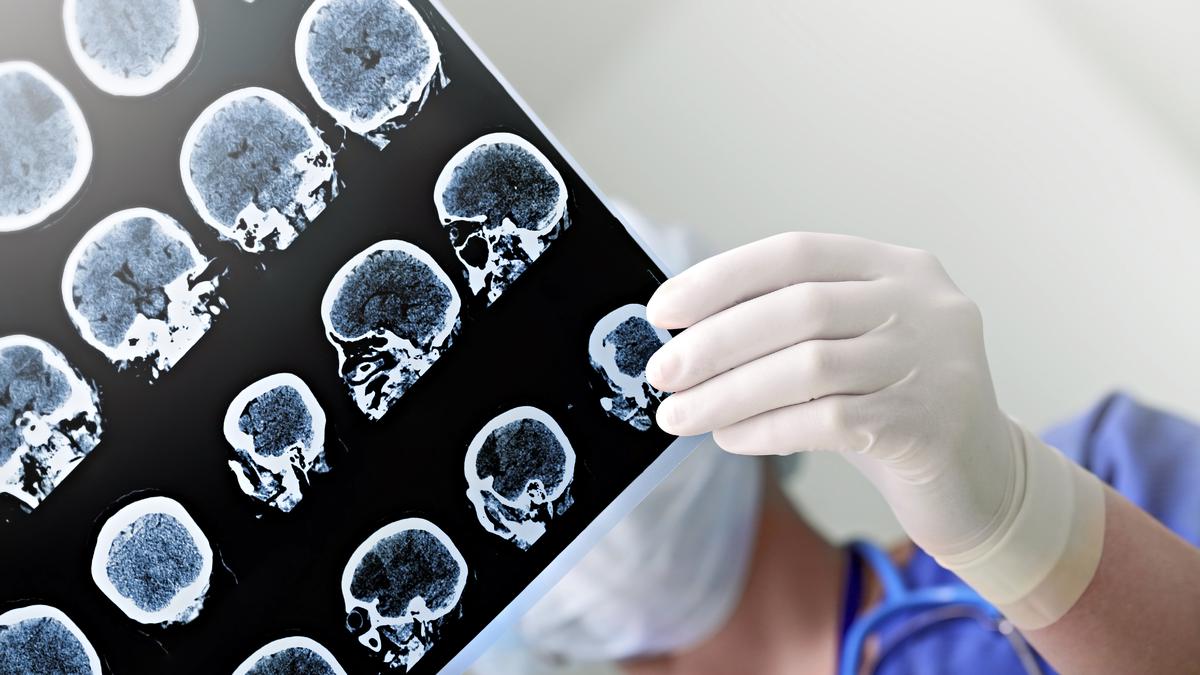
Emerging from a coma: Response to language can help assess states of consciousness
The Hindu
Recent advances in intensive-care medicine have allowed many people with severe brain injuries to “come back to life”.
A man – for the sake of this exercise, let’s call him “Paul” - has a heart attack and his brain is starved of oxygen. After several resuscitations and a week in a coma, he finally opens his eyes.
However, he doesn’t always appear to be present. Doctors say he is still unconscious, in an “unresponsive state” – the patient’s eyes are open, but he doesn’t move his hand when asked. For families in such situations, the question is always the same: will their loved one become conscious again? Recent advances in intensive-care medicine have allowed many people with severe brain injuries to “come back to life”.
However, from a seemingly inert state to full wakefulness, there is a wide range of different states of consciousness that neuroscientists are working to better define.
After a coma episode (where the eyes remain closed) lasting between one hour and four weeks, there are normally several states of recovery until “emergence”, but some intermediate states of consciousness may persist and even become chronic:
Emergence from the minimally conscious state: as soon as the patient is able to communicate using a yes/no code or to use everyday objects.
It is crucial to be able to distinguish these disorders of consciousness from a locked-in syndrome, also the result of a severe brain injury, but located in the brain stem.
The result is paralysis of the body, head and face, although consciousness and cognition may be preserved. Communication is most often achieved through eye movements.













